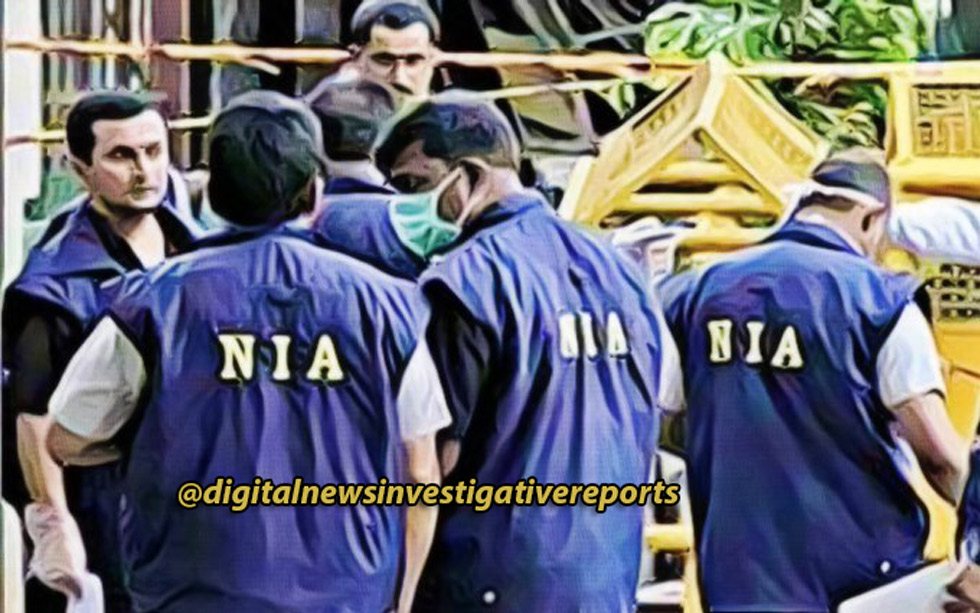 In a stunning revelation, the Karnataka ISIS conspiracy case has exposed a chilling nexus between terrorists, robotics, and cryptocurrency.
In a stunning revelation, the Karnataka ISIS conspiracy case has exposed a chilling nexus between terrorists, robotics, and cryptocurrency.
The charge sheet reveals that five individuals with tech backgrounds were instructed by a foreign-based ISIS handler to pursue robotics courses, aiming to acquire skills for future attacks in line with the terror group’s agenda for India.
The National Investigation Agency (NIA) has uncovered evidence pointing to the utilization of cutting-edge technology and anonymous funding. These suspects allegedly received funds through cryptocurrencies, enabling them to finance their robotics education—a worrying development in the fight against terror.
The emergence of robotics within terrorism highlights the ever-changing tactics employed by extremist groups. By harnessing technical expertise, terrorists could develop advanced tools for carrying out devastating acts of violence. This poses a daunting challenge for law enforcement agencies striving to ensure public safety.
The Karnataka ISIS conspiracy case underscores the importance of vigilance and proactive measures to counter the evolving face of terrorism. Collaboration between intelligence agencies, educational institutions, and the tech industry is vital to identify and address potential threats. Moreover, scrutiny of the cryptocurrency landscape is essential to prevent illicit funding channels from supporting nefarious activities.
As society confronts the dynamic landscape of security threats, it must remain vigilant in countering the adoption of emerging technologies by extremist elements. A comprehensive strategy encompassing intelligence gathering, technological advancements, and international cooperation is imperative to stay ahead of those seeking to exploit progress for malicious purposes.
The Karnataka ISIS conspiracy case serves as a stark reminder of the constant need for adaptive measures to safeguard the nation from the menace of terrorism. By proactively addressing the intersection of technology and radical ideologies, we can work towards a safer, more secure future.



